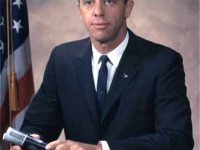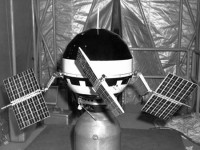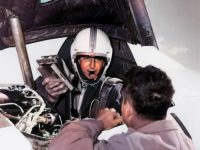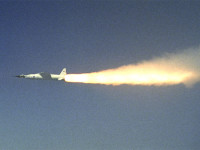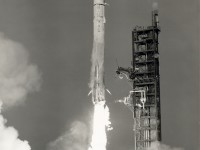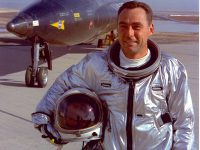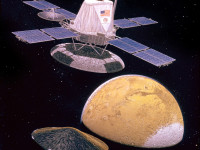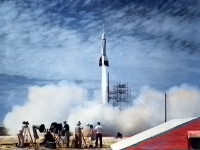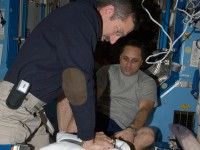Second in Space – The Flight of Alan Shepard
On November 18, 1923, American naval officer and aviator, test pilot, and astronaut Alan B. Shepard was born. Shepard was one of the original NASA Mercury Seven astronauts. In May 1961, Shepard made the first manned Mercury flight. Shepard’s craft entered space, but did not achieve orbit. He became the second person, and the first American, to travel into space, and the first person to manually control the orientation of his spacecraft.…
Read more

